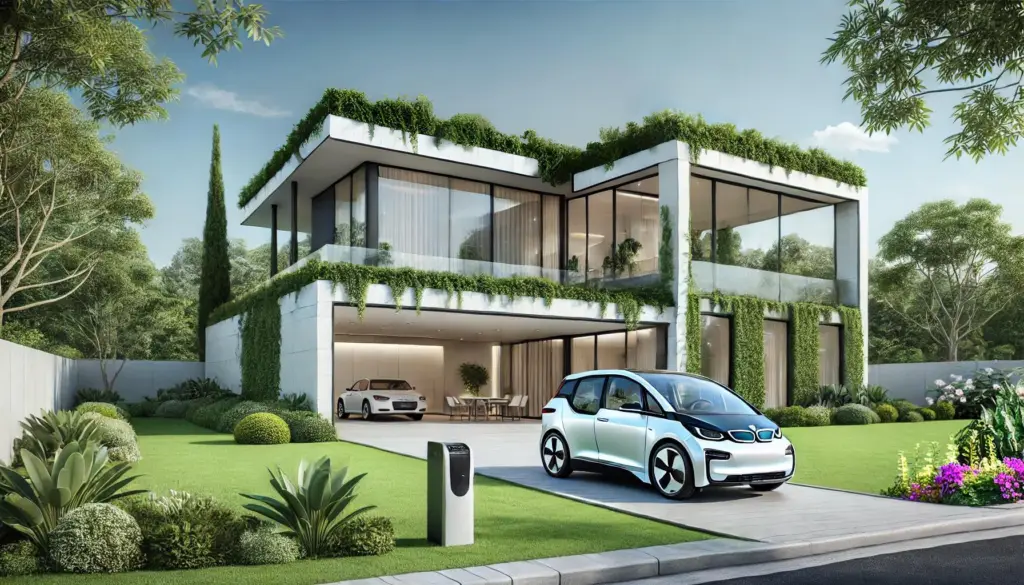Biophilic Design Principles QandA
Biophilic Design Principles QandA Resilience sparks many practical questions from architects, planners, and community groups. Our FAQ distills current research into straightforward, actionable answers. Learn how green roofs outperform conventional insulation, why awe-inspiring atria calm the amygdala, and where regulations already require living facades. Every answer cites proven projects in Melbourne, Rotterdam, Christchurch, and beyond. We summarize neuroscience showing daylight lowers cortisol and gardens speed recovery. Find metrics for success, from biodiversity counts to employee wellness surveys. Use these insights to brief teams and secure support for nature-positive design. Together, the guidance keeps projects evidence-based and future-ready.

What does “Biophilic Design Principles Resilience” mean in 2025?
Biophilic design integrates nature into buildings so people thrive. By 2025, the idea expands beyond decorative plants. Designers now orchestrate daylight cycles, organic textures, and calming nature sounds that actively lower cortisol and sharpen focus. Neuroscientists call the effect “Neurosustainability,” linking sensory richness with stronger neuroplasticity. Emotional cues also matter: spaces that inspire awe or offer refuge encourage pro-social behavior. Climate science and cultural identity complete the picture, making each project locally relevant. This holistic evolution earns the name Biophilic Design Principles Resilience because it safeguards both human health and urban systems. Amsterdam’s Valley tower shows the concept at scale with 13,500 planted terraces that cool facades and host birds. Peer-reviewed evidence underpins the shift (Frontiers in Psychology).
How do these principles improve climate adaptation?
Biophilic Design Principles QandA Resilience treats vegetation and water as engineering partners. Green roofs cool interiors and capture storm water; Toronto’s by-law mandates them on large new roofs. Wellington’s wind-tolerant belts diffuse gales while shading streets. Coastal wetlands and mangroves absorb storm surges and store carbon. Flood able parks in Rotterdam double as playgrounds between storms, and bios wales cleanse runoff before it enters rivers. These nature-based solutions cut energy demand, curb heat waves, and shield infrastructure. They also cost less to maintain than concrete fixes. The United Nations Environment Program calls them a cornerstone of resilient urban policy (UNEP report). People stay safer and cities save money—proof that nature can be smart infrastructure.
Have the classic Biophilic Design Principles QandA patterns changed?
Stephen Kellert’s fourteen patterns—visual connection, refuge, prospect, dynamic light, and so forth—still guide practice. Designers, however, group them into three easier themes: Nature in the Space, Natural Analogues, and Nature of the Space. Research since 2015 validates many effects: dynamic, dappled light improves mood while prospect-and-refuge layouts reduce anxiety. A new contender, Awe, emerges as pattern 15 because brain-scan studies show awe boosts generosity and humility. Temporal dynamics now join the toolkit; seasonal plantings and smart glass provide changing stimuli that maintain interest and circadian health. Practitioners also embrace digital nature, such as high-resolution sky panels in windowless rooms. Terrapin Bright Green tracks these updates in open-access guides (industry white paper). The framework stays dynamic, evolving with evidence.
Which cities illustrate successful biophilic strategies?
Wellington extends Zealandia’s native forest into downtown via pocket parks and green walls, letting tui and kakariki visit balconies. Christchurch rebuilt Burwood Hospital with garden courtyards that speed patient recovery; the Avon River corridor now doubles as floodplain and recreation zone. Melbourne’s Urban Forest Strategy targets forty percent canopy by 2040 and already cools tram corridors with green tracks. Paris legally requires green roofs or solar panels and plans urban forests near landmarks to cut heat. Amsterdam’s Valley tower creates a public vertical park above Zuidas. Each city tailors biophilia to place: windy Wellington uses wind gardens; historic Paris dresses Haussmann facades with vines. These case studies prove that context-sensitive greenery can flourish in dense grids (City of Paris).
What mental-health gains come from biophilic environments?
Nature-rich spaces reduce stress, improve focus, and lift mood. Office studies show that plants and daylight lower burnout and raise cognitive scores. Hospital patients with garden views need less pain medication, and staff report calmer shifts. Exposure to “soft fascination” stimuli—rustling leaves, rippling water—restores attention faster than stark surroundings. A 2023 workplace trial recorded a 30 percent drop in cortisol after employees used a green break area (NCBI study). Social benefits surface too: community gardens foster friendly interaction across ages and cultures. By aligning architecture with evolutionary preferences, Biophilic Design Principles Resilience delivers psychological dividends alongside climate ones.
How do green roofs, soundscapes, and other systems fit the model?
Green roofs act as urban meadows. They insulate buildings, reduce runoff, and create habitat for pollinators. Paris now subsidies them to meet its 2030 green-cover target. Engineered soundscapes extend biophilia indoors; gentle bird calls or flowing water mask traffic noise and lower heart rates. Day lighting devices bring real sunlight deep into floor plates, supplying vitamin-D cycles without extra energy. Ventilation mimics forest breezes through operable windows and atria that support stack effect. Wildlife crossings, such as vegetated overpasses, knit fragmented habitats and enhance urban biodiversity. Together these systems transform hard infrastructure into living infrastructure, proving that technology and ecology can co-operate (IUCN brief).
Will AI and VR advance Biophilic Design Principles QandA by 2027?
Yes. Smart sensors already adjust blinds, ventilation, and nature sounds in response to occupant data. Machine-learning models predict where daylight or plants will maximize comfort, then guide architects during design iterations. Virtual-reality walk-through let citizens preview green corridors before construction, improving public buy-in. Hospitals test VR forest experiences for bedridden patients and see measurable drops in anxiety. Augmented-reality overlays can animate walls with digital butterflies in windowless basements. City planners use AI to map canopy gaps and prioritize tree planting for equity. These tools scale Biophilic Design Principles Resilience by tailoring nature exposure to personal and neighborhood needs. Early trials suggest that digital biophilia can approximate many physiological benefits of real greenery (Elsevier review).